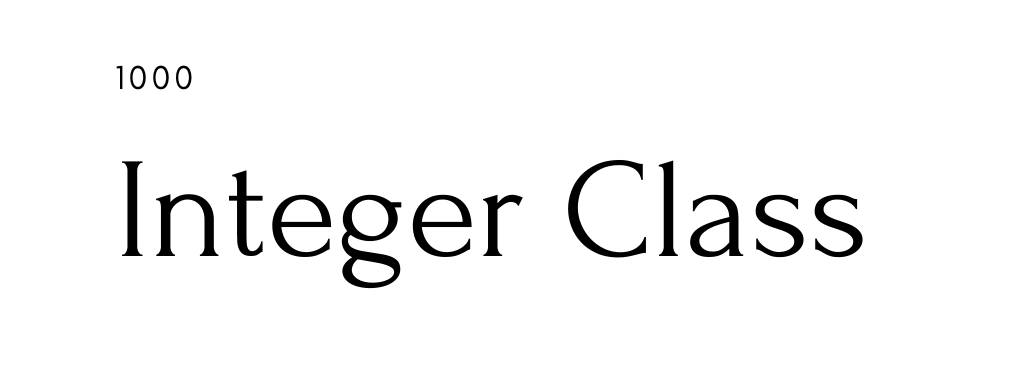The Java Integer class is a wrapper class that provides an object representation of the primitive data type int. It allows you to perform various operations on int values by treating them as objects.
The Integer class provides a set of methods that enable you to perform common operations on int values, such as converting strings to integers, performing arithmetic operations, comparing values, and more. Here are some basic use cases of the Integer class:
- Converting between
intand String: The Integer class provides theparseInt()method, which converts a String representation of a number into anintvalue. For example:
String numberString = "42"; int number = Integer.parseInt(numberString);
- Converting
intto String: You can use thetoString()method of the Integer class to convert anintvalue to its String representation. For example:
int number = 42; String numberString = Integer.toString(number);
- Arithmetic operations: The Integer class can performing arithmetic operations exactly like
int, such as addition, subtraction, multiplication, and division. These arithmetic operations return Integer objects. For example:
int a = 10; int b = 5; Integer sum = Integer.valueOf(a) + Integer.valueOf(b);
- Comparing values: The Integer class provides methods to compare
intvalues. For example, you can use thecompareTo()method to compare two Integer objects or theequals()method to check for equality. Here’s an example:
Integer x = 10; Integer y = 5; int result = x.compareTo(y);
- Integer constants: The Integer class defines constants like
MIN_VALUEandMAX_VALUE, which represent the minimum and maximum values that can be stored in anintvariable.
Integer maxValue = Integer.MAX_VALUE; // 2147483647
Integer minValue = Integer.MIN_VALUE; // -2147483648- Boxing and unboxing: The Integer class allows you to convert between
intand Integer objects through a process called boxing and unboxing. Boxing is the conversion of a primitiveintvalue to an Integer object, and unboxing is the reverse process of extracting theintvalue from an Integer object.
Boxing:
int primitiveInt = 10;
Integer boxedInt = primitiveInt; // Boxing: converting int to IntegerUnboxing
Integer boxedInt = 20;
int primitiveInt = boxedInt; // Unboxing: extracting int from IntegerIt’s important to note that using the Integer class incurs a small performance overhead compared to working directly with primitive int values. However, the Integer class is useful in scenarios where you need to take advantage of its methods or when you require an int value to be treated as an object, such as when working with collections or using Java libraries that expect object-based representations.
Overall, the Integer class provides a range of utility methods that make it easier to work with int values in various scenarios, offering additional functionality beyond what is available with the primitive int type alone.

